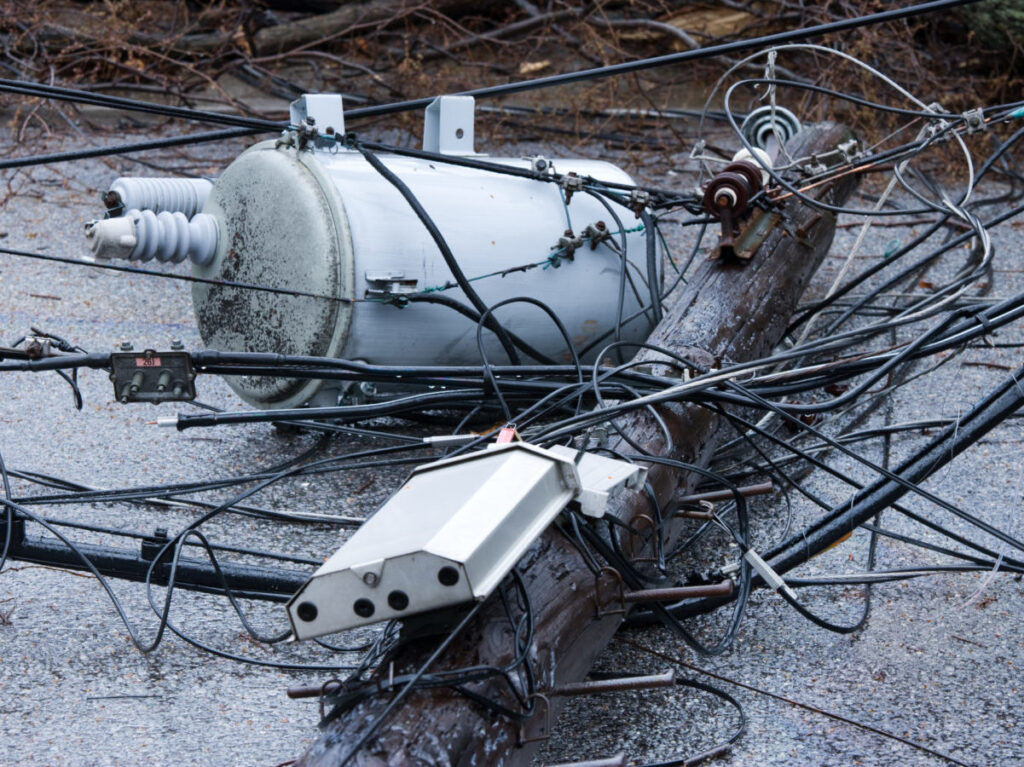Unlocking the Power of Analytics


As the Internet of Things becomes a reality, billions of connected devices are generating massive amounts of data. In fact, by 2020, the number of internet-connected things is estimated to reach 50 billion. All this data has a lot of potential for utilities. However, massive amounts of data are meaningless if utilities are unable or unwilling to analyze and use it.
For utilities who want to optimize their operations and enhance their revenue, it’s not about big data and crunching millions of data points; it’s about leveraging the right data in the right place to achieve the desired outcome. This is where analytics come into play.
Analytics are essential to helping utilities understand their distribution grids and optimize their investments and quality of service. Utilities can leverage the power of data to reduce operational costs, improve efficiency and reliability, increase customer satisfaction and satisfy regulatory requirements – all by allowing analytics and corrective actions to take place where the best outcome occurs. The key is enabling operational data to be analyzed where it will create the most valuable result for a specific utility issue or need. Sometimes this is in the back office, sometimes at the network level and sometimes at the local device level (the “edge”).
In a traditional utility environment, data typically flows from end devices through a network to be stored, processed and analyzed. Big data refers to the tsunami of data that can result from using only this approach and solely pulling data into the back office to be analyzed.
In some instances, analysis should take place within the endpoint, like the meter or sensor, where it makes more sense to take immediate, local action. This is called distributed analytics, and this type of analysis is complementary to back-office analytics. Analysis occurs continuously at the edge of the network, sending insights rather than droves of data to the back office.
Often, high-resolution, granular, one-second data is the best data to address a problem. This type of data is only available at the local device level due to latency and data volume constraints. As such, distributed analytics are necessary. Action and decisions using the most current and most accurate data will produce better outcomes, such as faster response times, which translate into customer and operational savings.
Using distributed analytics, meters, sensors and other devices at the edge of the network not only measure and communicate but can also make decisions and act in real time. Devices utilize their inherent intelligence to analyze data in the field to make real-time command and control decisions. This type of distributed analysis can include real-time load disaggregation, theft detection, outage detection, transformer load management, voltage management and high-impedance detection. At the network level, distributed analytics can assess network and distribution asset health.
On the other hand, if only hourly data is needed to adequately solve an operational issue, back-office analytics could be a better option. Overall, if action needs to be taken quickly, distributed analytics makes the most sense. Whereas issues that are less time sensitive, like transformer connectivity, can be handled in the back office.
Today, utilities are faced with more rapid change and increased customer expectations than at almost any other time. They are dealing with a disruptive mix of technical, business and customer service challenges, including ageing infrastructure, keeping up with consumer demands and protecting their revenue base.
Analytics are key to addressing these challenges and unlocking the potential of smart grid and smart network investments. By leveraging the right data in the right place, utilities can protect their revenue, improve energy efficiency, engage consumers, enhance system integrity and improve asset management. And by being more strategic about whether analysis should take place in the back office or at the edge of the network, utilities can avoid the data deluge and optimize how they leverage data





